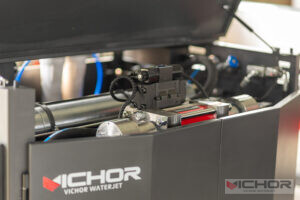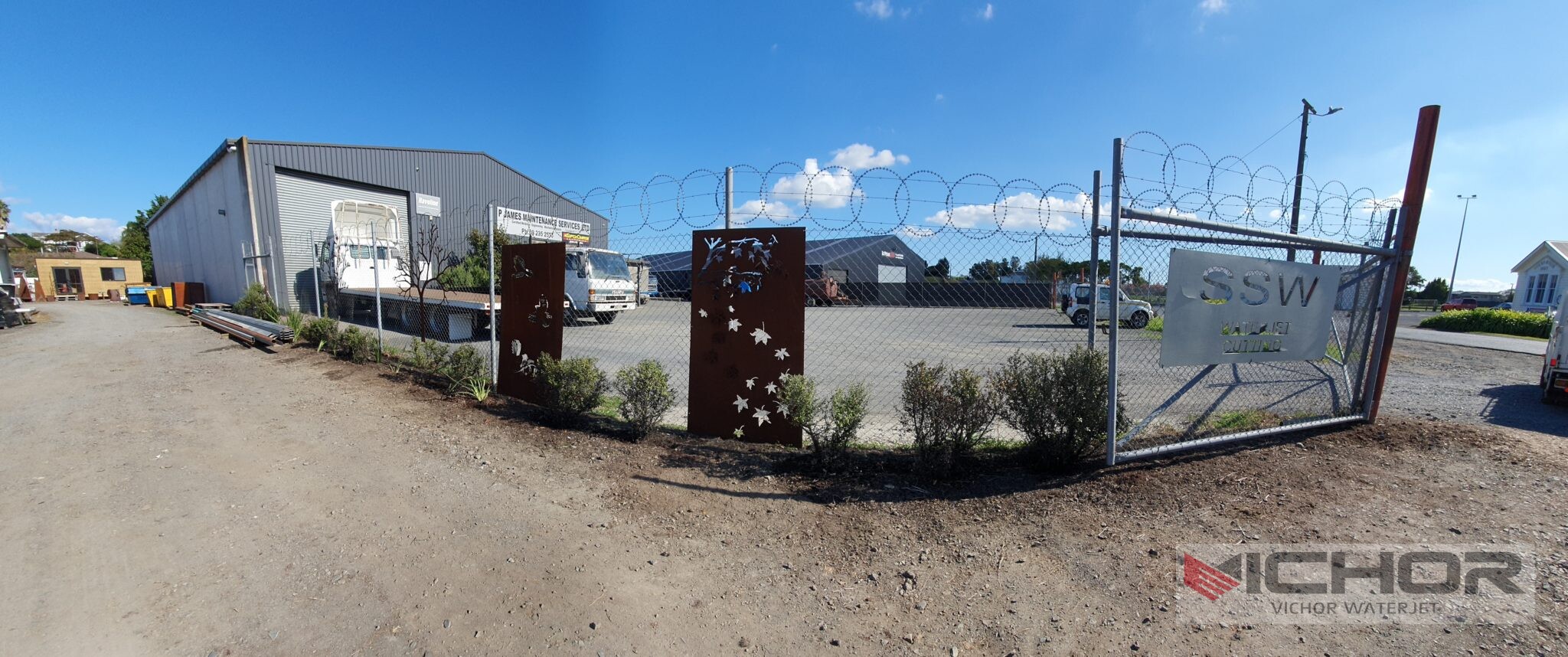
Exploring Waterjet Wood Cutting: Techniques, Benefits, and Common Questions
Woodworking has evolved significantly with advancements in technology, and one method that stands out is waterjet wood cutting. This innovative technique uses high-pressure water, often mixed with abrasives, to cut through wood with exceptional precision. Whether you’re a craftsman, designer, or simply curious about modern woodworking, this article delves into the intricacies of waterjet wood cutting, its benefits, applications, and common challenges.
What Is Waterjet Wood Cutting?
Waterjet wood cutting is a process that utilizes a high-pressure stream of water (up to 60,000 PSI) to slice through wood materials. In some cases, abrasive additives like garnet are used to enhance cutting power, especially for denser woods. This method is known for its accuracy, versatility, and ability to produce intricate designs without compromising the wood’s structural integrity. Unlike traditional tools, waterjets generate no heat, preventing burns or warping, and can handle a wide range of thicknesses and wood types.
Advantages of Using Waterjet Technology for Wood
1. Precision and Detail
Waterjet cutters excel at creating complex patterns and fine details. From delicate inlays to sharp corners, the technology achieves accuracy within 0.1 mm, making it ideal for custom furniture, artistic designs, and architectural elements.
2. No Heat-Affected Zones
Traditional tools like lasers or routers generate heat, which can scorch wood or alter its properties. Waterjet wood cutting is cold-process, eliminating thermal damage and ensuring clean, untouched edges.
3. Versatility in Materials
Beyond wood, waterjets can cut composites, metals, and plastics, allowing artisans to combine materials seamlessly. This flexibility is valuable for mixed-media projects and industrial applications.
4. Eco-Friendly Process
Waterjet cutting produces minimal waste, as the narrow kerf (cut width) optimizes material usage. Additionally, it avoids generating toxic fumes, unlike laser cutting, making it safer for operators and the environment.
5. Minimal Post-Processing
The smooth edges left by waterjets often require little to no sanding or finishing, reducing labor time and costs.
Applications of Waterjet Wood Cutting
Custom Furniture: Intricate headboards, table designs, and chairs.
Signage and Art: Detailed wooden signs, sculptures, and decorative pieces.
Architectural Elements: Parquet flooring, wall panels, and custom moldings.
Musical Instruments: Precise components for guitars, violins, and other instruments.
Prototyping and Model Making: Scale models with fine details.
Design Possibilities with Waterjet Wood
The versatility of waterjet wood cutting unlocks creative opportunities. Designers can experiment with:
Intricate Patterns: Geometric shapes, floral motifs, and lace-like designs.
Multi-Layer Projects: Stacked wood layers for 3D effects.
Inlays and Joinery: Perfectly fitting pieces for marquetry or custom joints.
Textured Surfaces: Controlled erosion to create unique textures.
Common Questions About Waterjet Wood Cutting
1. Does Waterjet Cutting Warp Wood?
No. Since no heat is involved, waterjet cutting avoids warping or cracking. However, thinner woods may absorb moisture, so proper drying or sealing is recommended post-cutting.
2. What Types of Wood Can Be Cut?
Waterjets handle softwoods (pine, cedar) and hardwoods (oak, maple) equally well. However, very porous woods may require slower cutting speeds to minimize water absorption.
3. How Thick Can a Waterjet Cut Wood?
Most systems can cut wood up to 6 inches thick, though thicker materials may require specialized equipment or reduced speeds.
4. Is Waterjet Cutting Expensive?
While initial setup costs are higher than traditional tools, waterjets reduce waste and finishing expenses, making them cost-effective for complex or high-volume projects.
5. How Does Water Absorption Affect the Wood?
Some woods may absorb water during cutting, leading to swelling or discoloration. Using abrasive waterjets (with garnet) reduces contact time, and sealing the edges post-cutting mitigates this issue.
6. Can Waterjets Create 3D Cuts?
Standard waterjets are designed for 2D cutting, but 5-axis systems can be used for beveled edges and simple 3D shapes.
7. What Are the Limitations?
Speed: Thicker materials cut slower.
Cost: Not ideal for simple cuts where traditional tools suffice.
Maintenance: Abrasive systems require regular nozzle replacements.
Tips for Optimizing Waterjet Wood Projects
Choose the Right Wood: Dense, low-porosity woods like maple or cherry yield cleaner results.
Seal Edges Post-Cutting: Apply sealant to prevent moisture-related issues.
Use Software for Design: Leverage CAD tools to maximize precision and minimize errors.
Partner with Experts: Consult experienced waterjet operators for complex projects.
Waterjet wood cutting merges tradition with innovation, offering unparalleled precision and creativity for woodworkers. While it poses challenges like moisture management and cost, its benefits—especially for detailed, heat-sensitive projects—make it a valuable technique. As technology advances, waterjet cutting will continue to shape the future of woodworking, enabling artisans to push boundaries and redefine what’s possible with wood.
continue reading



